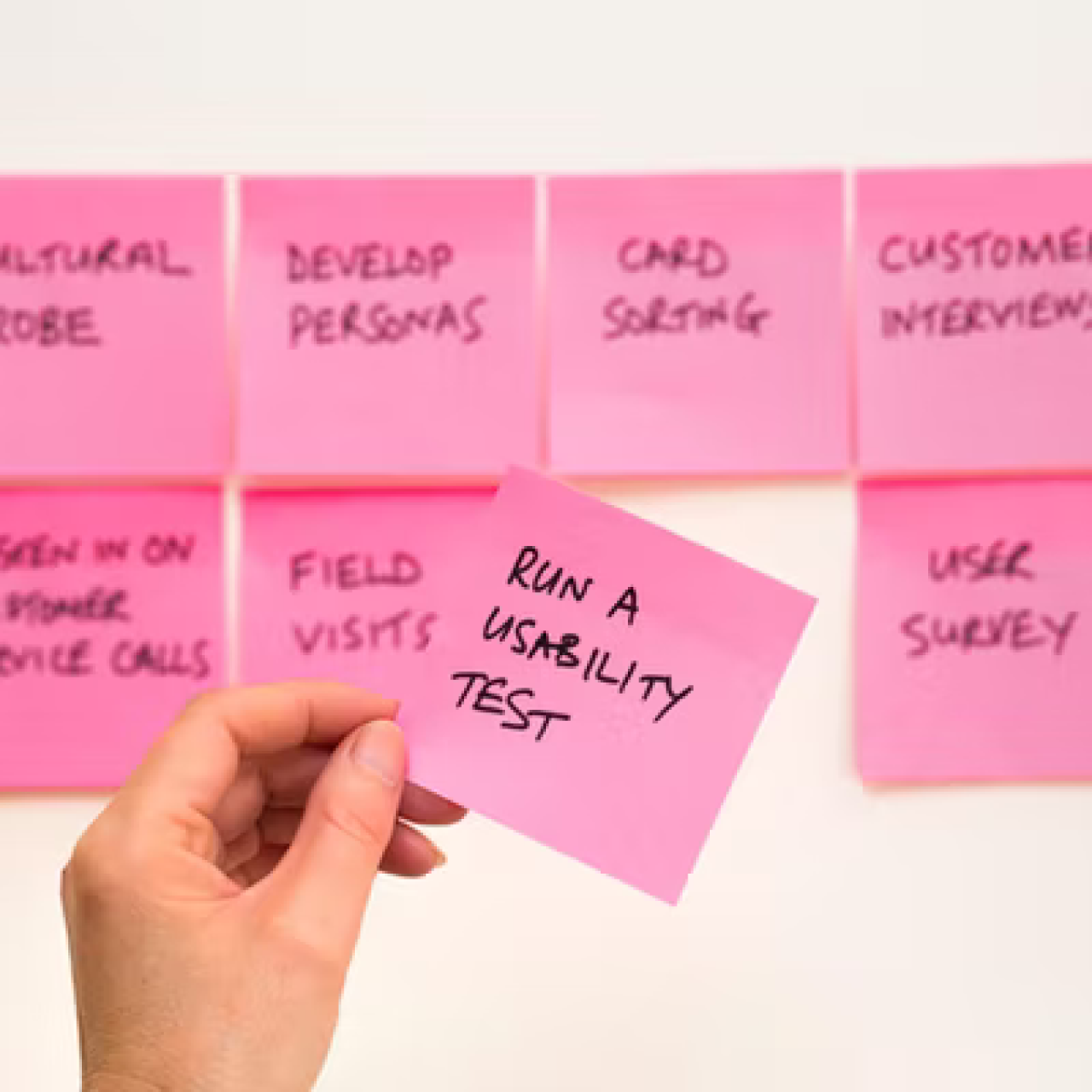Personas are fictional characters who represent the target users that are used in our research process to understand our target audience better.
Frequently we create personas based on demographics.
- Demographics include age, income level, gender, family size, nationality, religion, race, language & so on.
- Psychographics, on the other hand, include socio-cultural norms, lifestyle, personality type, values, concerns & so on.
Demographics reveal who your user is? whereas Psychographics reveal why your user does or think the way they do, to become your potential or existing product users.

Personas, Behavior & Biases
Most of the time, while making personas, we may transfer our own biases & stereotypes to the created personas. As a result, it becomes very essential to test our own biases. Yes, it might appear difficult at first, but not impossible with time & reflective practice, which will help look at things differently from the user’s perspective in future. But, we do have to take the first step first & make efforts.
Most of our behavior is a result of subconscious processes influenced by our culture, the people in and around our lives. If we rely on assumptions, many of our beliefs about how people will behave in certain scenarios might turn out to be incorrect. That is why we need more people from social science, behavioral sciences, neuroscience, economics to bring in a healthy dose of unbiased product experiences.
Every age group has a unique set of experiences to offer. However, as, people in the 21st century, we are transcending the boundaries of age, gender, language & nationality. As a result, including these factors in our research & increasing biasedness makes no sense.
Real Decision Maker’s Behavior
Yes, there are some specific products & services which do require age as an important factor, such as e-learning products for kids, video games etc. But the emphasis should be on the psychographics such as paying attention more to behavior patterns in that age group as children rarely have reflective understanding. They primarily rely mostly on herd behavior & what looks attractive.
However, the children are just the users, the ones purchasing the product are the reflective level thinkers, who buy the product for their children, which is why we, as product designers, need to demonstrate how the product is both effective & educational, rather than simply a distraction for the children. As a result, in this case, the persona to be considered should be both a child & their parents.
Processing the Emotional System
Just like technology, personas are evolving too. Instead of viewing age as just a number, we should take it as a stage or phase. Indi Young uses the terms ‘new parent ‘ & ‘near retiree’ as examples.
Read this article by Indi Young for a better understanding:
https://medium.com/inclusive-software/describing-personas-af992e3fc527
Don Norman proposes the three levels of processing in the emotional system.
For a better understanding read here:
https://www.interaction-design.org/literature/article/norman-s-three-levels-of-design
Now, how do we use these three levels in our research process in building personas?
Visceral responses are quick & subconscious.
It is the fight or flee response. For designers, it’s the immediate perception, such as ‘ Oh this looks so pretty, ‘Oh, the checkout process is just so irritating’ & so on. Before we try to understand our users during the interview, take a note, of how mentioning a specific product or service, makes a user feel about it, sometimes, they may discard the conversation immediately or try to put in two-three words, while sometimes, they may go on to talk about the question positively, or even negatively for more than 5 minutes. It is very important to respect how people feel about our product. Do not ignore Visceral responses. Based on those responses we can begin to build our personas for our product, by eliminating the fleeing interactions which represent the feeling of frustration, anger, helplessness & despair.
Behavioral responses are
influenced by other people’s experiences.
For instance, ‘ oh wait! My best friend uses this product. It must be good.’Behavioural responses reveal a certain typical pattern of behaviour with the system. Quantitative research & observation are the best ways to record behavioural responses. Sort your users into separate categories. How does a specific group of audience act towards your product, what is their reaction & so on? Use Google Analytics to identify behaviour patterns. Then talk to users to understand what motivates these behavioural patterns. In Behavioral responses, the user might be aware of what his response is, but is unaware of the underlying details of why are they responding in that manner.
Reflective Responses
Reflective responses are when the user takes time to organize, analyze their visceral & behavioural response & then put relevant points forward. For example, there was a time when a particular product was their favourite & then due to unforeseen circumstances, they have now switched to another product. Noting down Reflective responses can benefit in long term product-user relationships. Reflective responses are all about reason & conscious decision making. It’s deep & slow. Make the long term expectations, motivations, life goals & desires of your users the primary focus of your product. Reflective responses are powerful, they give us a hint of hope & ideas of re-engaging with old & new audiences.
The solution to bounce rates
can be found in reflective responses of users.
It is possible, that a user may have a strong negative visceral response to a website’s sign-up page, & after conducting a behavioral study, we discover that a certain group of people tend to leave the website, once they reach the sign-up page. Now it could be due to uncomfortable question fields on the page or the form being too long, or irrelevant questions or usability issues. And we can find the solution to it only through reflective thinking & by taking the help of reflective responses of users.

Tips to building effective personas:
- Focus more on psychographics
- Group your users based on personality types, behavior patterns, thinking patterns etc.
- Do not just create the personas, use them throughout your project
- Develop empathy towards your personas
- Ask open-ended questions to your users in user interviews
- Conduct social media surveys & polls
- Include hypothetical scenarios relevant to the product in your user interviews to observe the user’s thinking pattern
- Take note of the visceral, behavioral & reflective responses of users
- Write your personas in 1st person. This will assist you in reflecting & empathizing with your users.
Ankita(Mishi) Kar is a guest author on Difference by Design. If you’ve interesting ideas to share, find out more about submitting a Guest blog here








I’ve built personas before, but never thought about Psychographics & Demographics are two different things, Ankita has done a very good job in explaining the concept, I loved the part where she pointed out the behavioral responses depends on the people we hangout with, very insight ful, thanks for sharing!